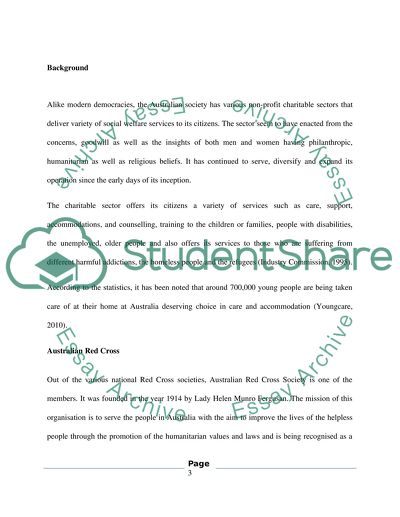Cite this document
(“Marketing analysis-Charity Essay Example | Topics and Well Written Essays - 2500 words”, n.d.)
Retrieved from https://studentshare.org/environmental-studies/1405961-marketing-analysis-charity
Retrieved from https://studentshare.org/environmental-studies/1405961-marketing-analysis-charity
(Marketing Analysis-Charity Essay Example | Topics and Well Written Essays - 2500 Words)
https://studentshare.org/environmental-studies/1405961-marketing-analysis-charity.
https://studentshare.org/environmental-studies/1405961-marketing-analysis-charity.
“Marketing Analysis-Charity Essay Example | Topics and Well Written Essays - 2500 Words”, n.d. https://studentshare.org/environmental-studies/1405961-marketing-analysis-charity.


